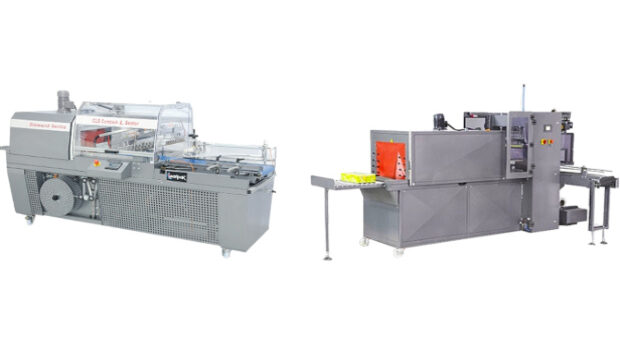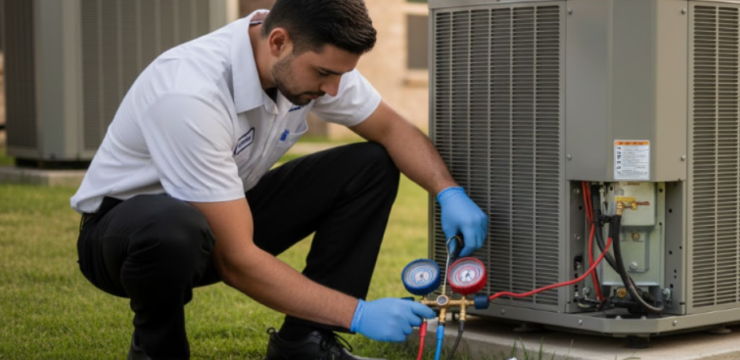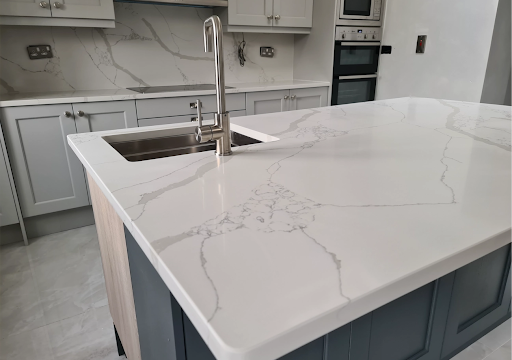When it comes to carrying a firearm, many gun owners debate between inside-the-waistband (IWB) and outside-the-waistband (OWB) holsters. OWB concealed carry is often considered more comfortable and accessible, but the main concern is whether it can be truly concealed. While OWB holsters are traditionally associated with open carry, it is entirely possible to use them for concealed carry with the right techniques, gear, and clothing choices.

Understanding OWB Concealed Carry
OWB holsters sit outside the waistband, typically attached to a belt. This design offers superior comfort, easier access to the firearm, and better weight distribution. However, the main challenge with OWB concealed carry is preventing “printing,” where the outline of the gun is visible through clothing. Unlike IWB holsters, which tuck the firearm inside the pants, OWB holsters require specific strategies to remain discreet.
Key Factors for Successfully Concealing an OWB Holster
Although concealing an OWB holster presents challenges, it is entirely feasible by considering the following factors:
1. Choosing the Right OWB Holster
Not all OWB holsters are created equal. For effective OWB concealed carry, selecting a low-profile OWB holster is crucial. Look for a holster with:
- Minimal bulk: A sleek design reduces printing.
- High ride height: Positions the gun closer to the body, reducing visibility.
- Adjustable cant: Helps position the grip optimally for concealment.
- Strong retention: Ensures the firearm stays secure without unnecessary bulk.
Kydex OWB holsters tend to be slimmer and more form-fitting compared to leather ones, making them a good choice for concealment.
2. Selecting the Right Clothing
Your choice of clothing plays a significant role in OWB concealed carry. Loose-fitting and structured garments help mask the outline of your firearm. Consider the following options:
- Untucked shirts: Polo shirts, button-downs, and flannel shirts provide coverage.
- Jackets and hoodies: Layering with a light jacket or hoodie can help conceal an OWB holster.
- Longer shirts: Ensures the gun remains covered even when moving or bending.
- Patterns and textures: Distract the eye from printing, making it harder to notice the firearm.
3. Gun Size and Positioning
The firearm’s size and placement significantly affect concealability. Smaller compact or subcompact pistols work best for OWB concealed carry. Additionally, positioning the holster in an optimal location, such as the 3 o’clock or 4 o’clock position, helps tuck the grip closer to the body.
4. Using a Proper Gun Belt
A quality gun belt is essential for OWB concealed carry. A sturdy belt prevents sagging and ensures that the holster stays in place. Look for a belt made of reinforced leather or a tactical nylon belt with a strong buckle.
Advantages of OWB Concealed Carry
Despite the extra effort required for concealment, OWB concealed carry offers several benefits over IWB carry:
- Enhanced Comfort: OWB holsters eliminate the pressure of having a firearm inside the waistband, making them more comfortable for extended wear.
- Quick Access: Drawing from an OWB holster is generally faster and more intuitive compared to an IWB holster.
- Better Firearm Retention: OWB holsters typically offer more secure retention mechanisms.
- Improved Wear for Larger Firearms: While IWB carry can be restrictive for full-sized pistols, OWB holsters distribute weight more evenly, making them ideal for larger firearms.
Challenges of OWB Concealed Carry
While OWB concealed carry is possible, there are some drawbacks to consider:
- More Difficult to Conceal: Compared to IWB carry, OWB holsters require extra attention to clothing and positioning.
- Risk of Printing: Without proper cover garments, the firearm may print through clothing.
- Limited Clothing Choices in Warmer Climates: In hot weather, layering clothing for concealment may not always be practical.
Tips for Successful OWB Concealed Carry
To ensure effective OWB concealed carry, follow these additional tips:
- Practice drawing from concealment to ensure smooth and efficient access.
- Use a high-quality concealment OWB holster that is molded to your firearm.
- Check your appearance in different lighting to assess potential printing.
- Avoid frequent adjustments in public, as this can draw attention to your firearm.
Conclusion
Yes, OWB concealed carry is possible with the right setup. While it requires more attention to holster selection, clothing choices, and positioning, many gun owners find the added comfort and accessibility worth the effort. By investing in a quality OWB holster and following best practices for concealment, you can effectively carry your firearm discreetly and comfortably. If you prioritize comfort and accessibility while maintaining concealment, OWB gun holsters can be a great option for your everyday carry setup.






Most Commented Posts